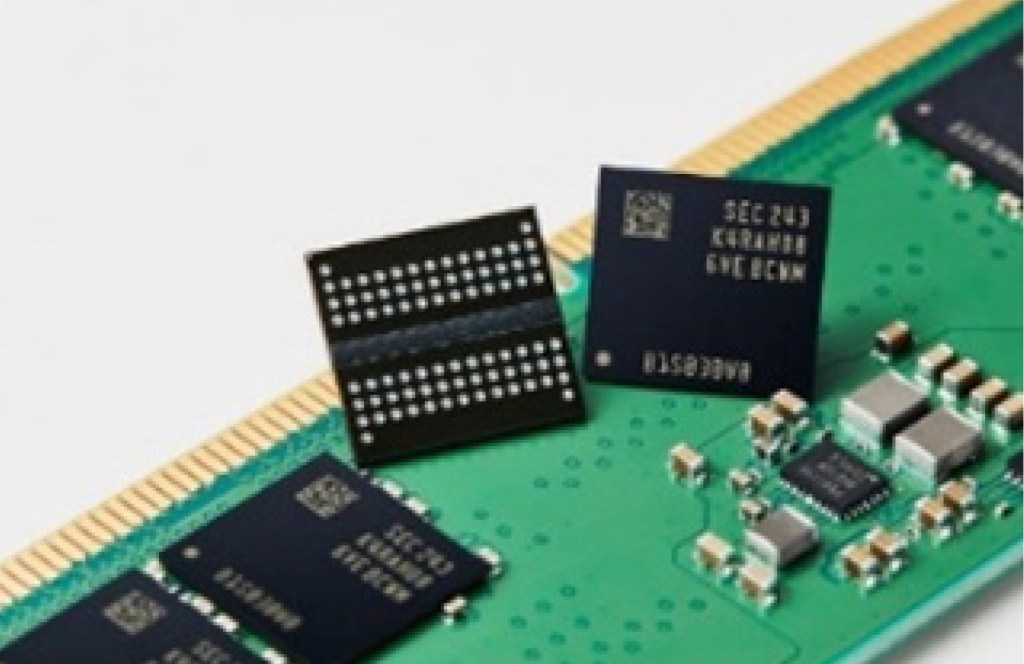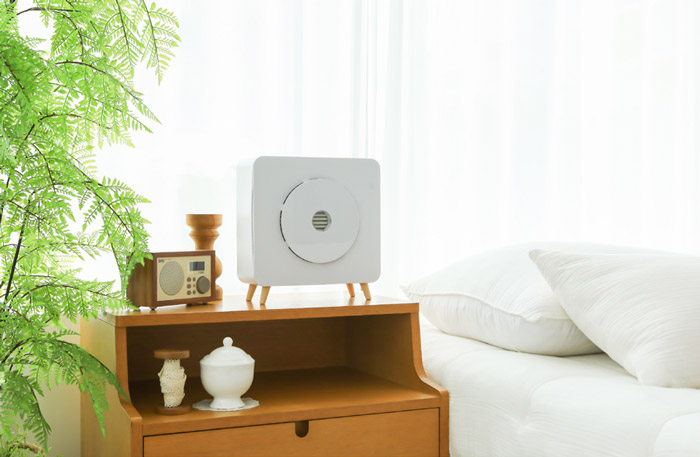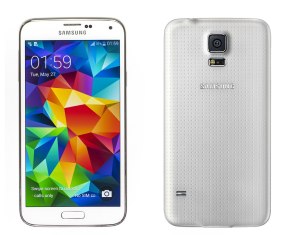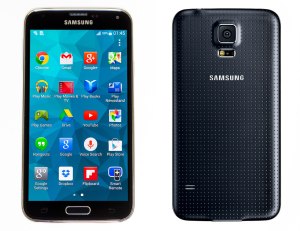Samsung Electronics is the first company in the world to begin mass-production of 5th-generation DRAM using a 12-nano process. By mass-producing 16 gigabit (Gb) DDR5 DRAM, it aims to overcome the memory semiconductor recession. It has developed a strategy to
establish itself as a leading shareholder by solidifying technological competitiveness in DRAM micro processing.
Samsung Electronics recently announced that it would mass-produce 12-nano class DRAM using cutting-edge technology. This 12-nano class is a state-ofthe-art semiconductor production process in which the circuit line width is only about 1/10,000 of the thickness
of a human hair, and is at a level that cannot be seen with the naked eye.
Compared to the previous generation products,productivity improved by about 20% and power consumption improved by about 23%. It is expected to be the best solution for global technology companies who are actively participating in reducing carbon emissions and energy use.
Samsung Electronics increased the capacity of the capacitor that stores charge by applying a new material
with a high permittivity (K). As the volume of the capacitor of the DRAM increases, the potential difference between the data signals increases, making it easier to distinguish them. In addition, the industry’s most advanced process was completed by applying operating-current reduction technology and noisereduction technology that can more clearly distinguish data.
DDR5 standard 12-nano class DRAM supports a maximum operating speed of 7.2Gbps. This is a speed that can process two 30GB UHD movies in one second. Samsung Electronics plans to continuously expand its 12-nano class DRAM lineup to meet customer demand and supply it to various applications such as data centers, artificial intelligence, and next-generation computing.
Recently, the DRAM memory market has been experiencing a recession due to a decline in business conditions. According to market research firm Omdia, the global DRAM market (based on sales) is expected to decrease by 44.1% from the previous year to $44.322 billion this year.
However, it is expected to turn to a growth trend from next year. It is expected to increase by 15.3% in 2024, 49.1% in 2025, 24.2% in 2026, and 3.9% in 2027. Moreover, in 2027, it is expected to more than double from this year to $98.334 billion.
Currently, Samsung Electronics is maintaining its No. 1 position with a 42.7% share of the entire DRAM market in the fourth quarter of last year.
korean-electronics.com | Blog Magazine of korean electronics, brands and Good




 Samsung’s plan is based on the phenomenon that the premium smartphone market remains sluggish, such as the prolonged flagship model replacement cycle, while the demand for mid-range and low-end phones is growing, particularly in emerging markets. In addition, it seems that Samsung has a willingness to pre-empt the Chinese makers, such as Huawei, Xiaomi, Oppo, Vivo, etc., from expanding their positions in the market of mid-range and low-end phones.
Samsung’s plan is based on the phenomenon that the premium smartphone market remains sluggish, such as the prolonged flagship model replacement cycle, while the demand for mid-range and low-end phones is growing, particularly in emerging markets. In addition, it seems that Samsung has a willingness to pre-empt the Chinese makers, such as Huawei, Xiaomi, Oppo, Vivo, etc., from expanding their positions in the market of mid-range and low-end phones. In addition to modifying its mid-range and low-end phone strategy, Samsung Electronics has also made clear its target customers. President Koh said, “The strategy organization for mid-range and low-end smartphones will have a positive impact on targeting the millennium generation (the generation born in the 1980s to early 2000s).
In addition to modifying its mid-range and low-end phone strategy, Samsung Electronics has also made clear its target customers. President Koh said, “The strategy organization for mid-range and low-end smartphones will have a positive impact on targeting the millennium generation (the generation born in the 1980s to early 2000s). CNBC and other foreign media evaluated that Samsung Electronics revised its mid-range and low-end phone strategy in order to cope with the sluggish global smartphone market.
CNBC and other foreign media evaluated that Samsung Electronics revised its mid-range and low-end phone strategy in order to cope with the sluggish global smartphone market. ‘Galaxy Tab S4’ of LTE and WI-FI will be released in black and gray colors. The price is differentiated depending on the embedded memory capacity: The domestic price of the LTE model is KRW 880,000 (embedded memory of 64 GB) and KRW 990,000 (embedded memory of 256GB), and WI-FI model is KRW 792,000 (embedded memory of 64GB) and KRW 891,000 (embedded memory of 256GB), respectively.
‘Galaxy Tab S4’ of LTE and WI-FI will be released in black and gray colors. The price is differentiated depending on the embedded memory capacity: The domestic price of the LTE model is KRW 880,000 (embedded memory of 64 GB) and KRW 990,000 (embedded memory of 256GB), and WI-FI model is KRW 792,000 (embedded memory of 64GB) and KRW 891,000 (embedded memory of 256GB), respectively.



